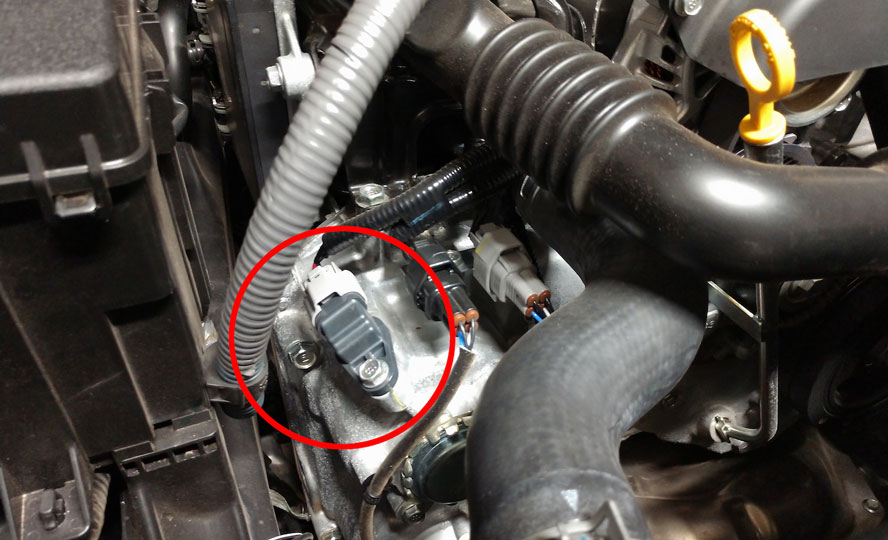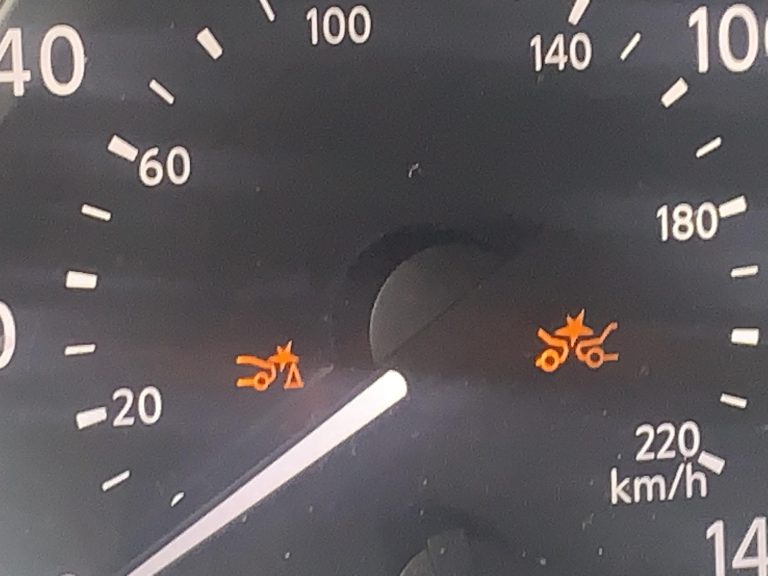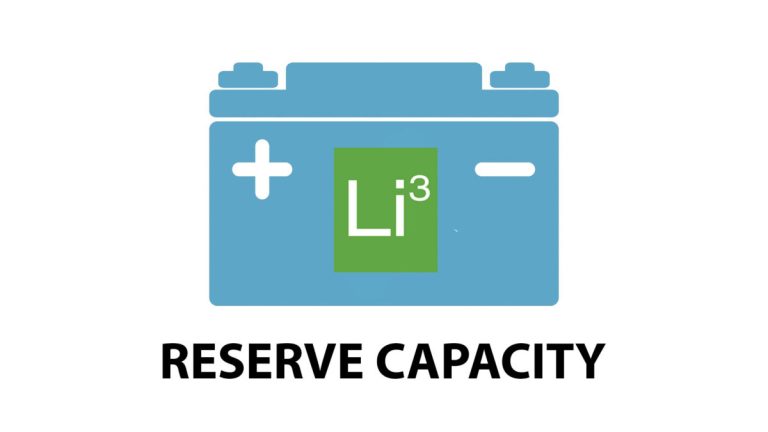Camshaft Position Sensor: Unlocking Engine Efficiency
The camshaft position sensor monitors the position and speed of the camshaft, sending data to the engine control unit (ECU). This helps optimize fuel injection and ignition timing. A faulty sensor can cause engine misfires, poor performance, stalling, or difficulty starting the vehicle.
This tiny device plays a vital role in your vehicle’s performance, ensuring that everything under the hood works in perfect harmony. But what happens when it starts to fail? If you’ve ever experienced unexpected engine stalls or noticed a drop in fuel efficiency, the camshaft position sensor might be the culprit.
Understanding how this sensor works and why it’s so important could save you time, money, and a lot of frustration. Stick around, because by the end of this article, you’ll know exactly what to look for and how to keep your car running at its best.
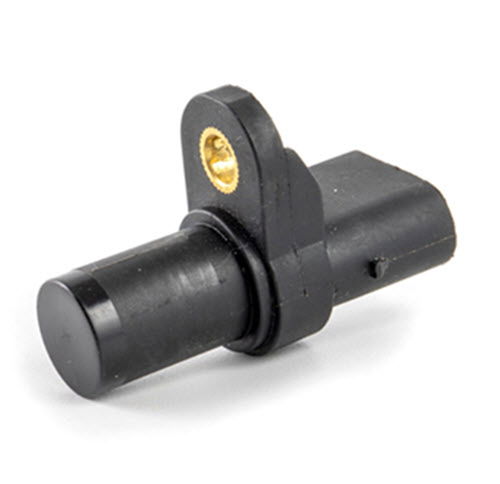
Credit: www.innova.com
Camshaft Position Sensor
Role In Engine Performance
| Aspect | Details |
|---|---|
| Function | Monitors camshaft’s position to optimize engine timing |
| Location | Near the camshaft, often at the cylinder head |
| Common Symptoms of Failure | Engine misfires, hard starting, poor fuel economy, check engine light |
| Causes of Failure | Heat damage, oil contamination, wiring issues |
| Related Trouble Codes | P0340, P0341 |
| Importance | Ensures correct timing for fuel injection and spark |
| Replacement Cost (Approx.) | $100–$300 (parts and labor) |
| Testing Method | Use a multimeter to check voltage and resistance |
| When to Replace | When the sensor fails or diagnostic codes indicate issues |
| DIY Difficulty | Moderate – requires tools and basic engine knowledge |
The camshaft position sensor plays a crucial role in engine performance. It helps the engine control unit (ECU) make precise calculations. These calculations optimize fuel injection and ignition timing. A well-functioning sensor ensures smooth engine operations and efficiency.
Issues with the camshaft position sensor can lead to engine problems. The engine may misfire or stall. Fuel efficiency might drop. Understanding its role helps in maintaining engine health.
How The Camshaft Position Sensor Works
The camshaft position sensor tracks the camshaft’s speed and position. It sends this data to the engine control unit. The ECU uses this data to adjust the fuel and spark. This ensures optimal engine performance and efficiency.
Impact On Fuel Injection
The sensor’s data helps the ECU determine the right fuel amount. Precise fuel injection improves engine efficiency and power. It also reduces emissions, making the engine more eco-friendly.
Influence On Ignition Timing
Ignition timing is crucial for engine performance. The camshaft position sensor ensures the spark plug fires at the right time. Proper timing prevents engine knocking and boosts performance.
Signs Of A Failing Camshaft Position Sensor
Engine stalling or rough idling may signal sensor issues. Poor acceleration and reduced fuel efficiency can also occur. Check engine light might illuminate if the sensor fails.
Read more: Car Struggles to Start After Sitting: Quick Fixes
Maintaining Your Camshaft Position Sensor
Regular maintenance ensures the sensor functions properly. Keep the sensor clean and check for wear. Replace the sensor if it malfunctions to avoid engine issues.

Credit: cylinderheadmfg.com
Common Issues And Symptoms
The camshaft position sensor plays a vital role in engine performance. It monitors the camshaft’s position and sends signals to the engine control unit (ECU). This helps synchronize fuel injection and ignition timing. Faulty sensors can lead to various issues. Understanding these symptoms can help diagnose problems early.
Common Issues With Camshaft Position Sensor
Camshaft sensors often face wear and tear over time. One common issue is electrical failure. This can be due to damaged wires or connectors. Another issue is mechanical wear from heat or oil contamination. These problems affect sensor performance.
Symptoms Of A Faulty Camshaft Position Sensor
A failing sensor can trigger the check engine light. Engine misfires can occur due to incorrect timing signals. Rough idling is also a common symptom. The engine might stall unexpectedly. Reduced fuel efficiency is another sign. These symptoms indicate sensor issues.
Engine Performance Problems
Loss of power might be noticeable. Acceleration can become sluggish. Start-up issues are frequent with sensor faults. Frequent stalling disrupts driving. These problems affect overall driving experience.
Diagnostic Trouble Codes
The ECU might store diagnostic trouble codes. These codes help identify sensor problems. Common codes include P0340 and P0341. These indicate camshaft position sensor issues. Proper diagnosis requires scanning tools.
Read more: Car Struggles to Start But Battery is Fine: Hidden Culprits
Maintenance And Inspection Tips
Keeping the camshaft position sensor in good shape ensures engine efficiency. Regularly check for dirt or corrosion on connectors. Inspect wiring for damage to prevent signal loss and performance issues.
Maintaining and inspecting your camshaft position sensor is crucial to keeping your vehicle running smoothly. This little device plays a big role in ensuring your engine timing is precise, affecting everything from fuel efficiency to emissions. Regular checks can prevent unwanted surprises on the road and save you from costly repairs.
Check For Warning Signs
It’s important to stay alert for any warning signs that might indicate a faulty camshaft position sensor. If your engine starts misfiring or stalls unexpectedly, it might be time for a check-up. A noticeable drop in fuel efficiency is another red flag. Listening to your vehicle can save you a lot of headaches later.
Inspect Wiring And Connections
Wiring issues are common culprits behind sensor problems. Inspect the wires and connectors for any signs of damage or corrosion. A simple visual inspection can reveal frayed wires or loose connections. Regularly cleaning these parts can prevent issues from escalating.
Keep The Sensor Clean
Dust and grime can impair sensor function. Use a soft brush or compressed air to gently clean the sensor. Avoid using harsh chemicals that can damage delicate components. Keeping it clean ensures accurate readings and optimal performance.
Regular Maintenance Schedule
Establishing a regular maintenance schedule is key. Set reminders to inspect your sensor every few months. You might even consider syncing this with oil changes or other routine checks. Consistency can prolong the lifespan of your sensor and improve overall vehicle health.
Consult A Professional
If you’re unsure about the sensor’s condition, consulting a mechanic can be a smart move. Professionals have the tools and expertise to diagnose issues accurately. They can offer advice on whether a replacement is necessary, saving you from trial and error. Have you ever ignored a minor car issue only for it to become a major problem later? Taking proactive steps now can prevent bigger headaches down the road. By paying attention to your camshaft position sensor’s health, you’re investing in your vehicle’s longevity.
Impact On Fuel Economy
The camshaft position sensor plays a crucial role in optimizing your car’s fuel economy. This small yet vital component ensures that your engine runs efficiently by providing accurate data on the camshaft’s position relative to the crankshaft. How does this impact your fuel consumption? Let’s dive deeper.
How Does The Camshaft Position Sensor Affect Fuel Economy?
When your vehicle’s camshaft position sensor is functioning correctly, it helps the engine control module make precise adjustments to the fuel injection timing. This means your car uses just the right amount of fuel at the right time, enhancing fuel efficiency.
Imagine driving a car with a faulty sensor. The engine might inject more fuel than needed, leading to wastage. Over time, this can significantly drain your wallet and harm the environment.
Benefits Of An Efficient Camshaft Position Sensor
- Improved fuel efficiency
- Reduced emissions
- Better engine performance
- Longer engine life
Have you ever noticed your car consuming more fuel than usual? It might be worth checking the camshaft position sensor. A simple sensor replacement can bring noticeable improvements.
Signs Your Camshaft Position Sensor May Need Attention
Symptoms of a faulty sensor can include rough idling, poor acceleration, and increased fuel consumption. If you’ve experienced any of these, it’s time to get your car checked.
A friend once complained about frequent stops at the gas station. After a quick inspection, a faulty camshaft sensor was the culprit. Once replaced, fuel costs dropped, and the car ran smoother.
Practical Steps To Ensure Optimal Performance
- Regularly check your engine light
- Schedule routine maintenance checks
- Replace the sensor if it shows signs of wear
Maintaining your camshaft position sensor is not just a matter of saving money; it’s about ensuring your vehicle runs efficiently. How often do you assess your car’s components for optimal performance?
By staying proactive, you ensure that your car not only saves on fuel but also contributes to a cleaner environment. Why not make it a habit to check your sensor regularly?
Advancements In Sensor Technology
Camshaft Position Sensors have seen significant improvements, enhancing engine efficiency and performance. These sensors provide precise data, ensuring optimal timing for fuel injection and ignition. This advancement contributes to smoother engine operation and reduced emissions.
Advancements in Sensor Technology The journey of camshaft position sensors has been fascinating. With the constant push for efficiency and performance, sensor technology has advanced significantly. These advancements not only improve vehicle performance but also provide better diagnostics and maintenance.
Enhanced Precision And Accuracy
Modern camshaft position sensors are more precise than ever. They use advanced materials and manufacturing techniques to deliver accurate data. This helps your vehicle’s engine run smoothly, optimizing fuel efficiency and reducing emissions.
Integration With Engine Control Units (ecus)
Today’s camshaft position sensors seamlessly integrate with ECUs. This integration allows for real-time data processing. It results in quicker response times and improved vehicle performance.
Durability And Longevity
New sensor designs focus on durability. They withstand extreme temperatures and vibrations. This longevity means fewer replacements and lower maintenance costs for you.
Smart Diagnostics
Sensors now feature built-in diagnostics. They can alert you to potential issues before they become major problems. This proactive approach helps maintain your vehicle’s health.
Cost-effectiveness
Despite technological advancements, sensors are becoming more cost-effective. This makes it easier for everyone to access high-quality vehicle components. Investing in reliable sensors can save you money in the long run.
Environmental Impact
Advanced sensors contribute to a greener planet. By optimizing engine performance, they reduce harmful emissions. Choosing vehicles with modern sensors can be your step towards a sustainable future. Have you noticed how a small component can make such a big difference? Next time you drive, think about the tiny sensor working hard under the hood. It’s fascinating how much impact it can have on your ride.
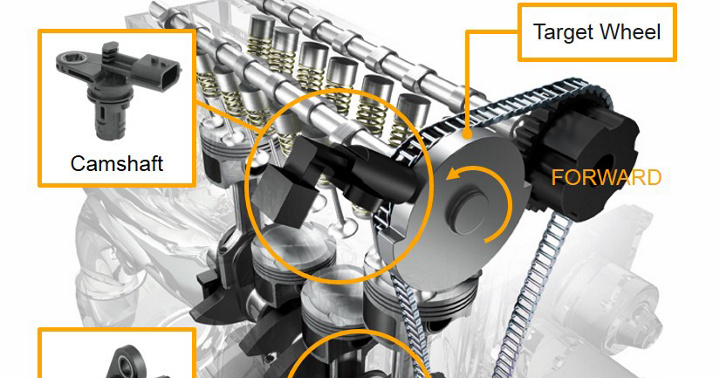
Credit: www.continental-automotive.com
Frequently Asked Questions
What Is A Camshaft Position Sensor?
A camshaft position sensor detects the camshaft’s position. It helps the engine control system manage fuel and timing.
How Do You Know If A Camshaft Sensor Is Bad?
Common signs include engine misfires, poor fuel efficiency, and difficulty starting. The check engine light might also turn on.
Can A Bad Camshaft Sensor Damage The Engine?
Yes, it can affect engine performance. It may lead to increased wear, but it won’t directly cause severe damage.
Conclusion
A well-functioning camshaft position sensor is vital for your car’s engine. It plays a key role in engine timing and performance. Recognizing sensor issues early can prevent bigger problems. Regular maintenance helps keep it in top condition. If your car shows symptoms like stalling or rough idling, check the sensor.
Replacing a faulty sensor can improve fuel efficiency and engine operation. Always consult a professional mechanic for repairs. Taking care of small issues now can save money later. Keep your engine running smoothly by addressing any sensor concerns promptly.

